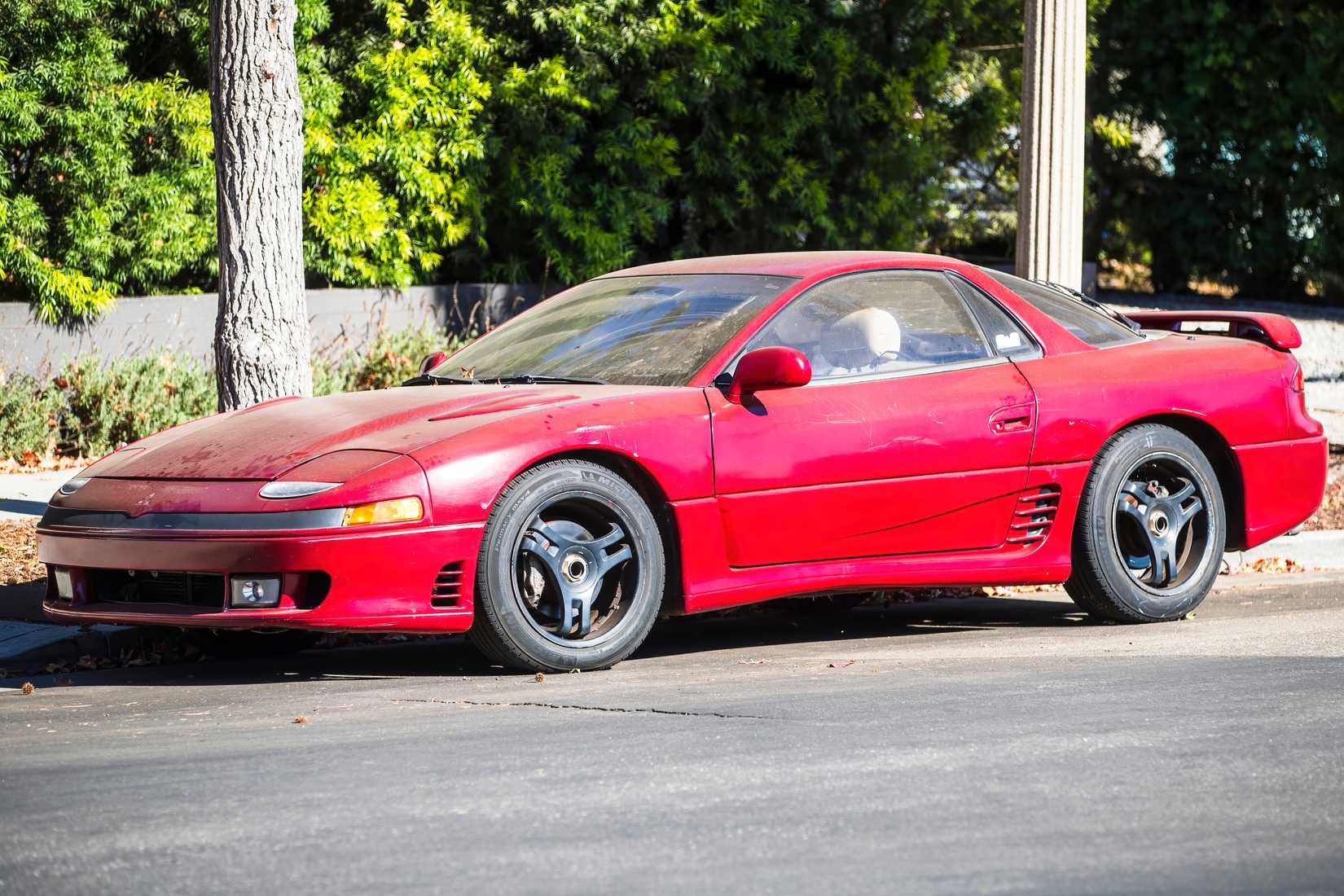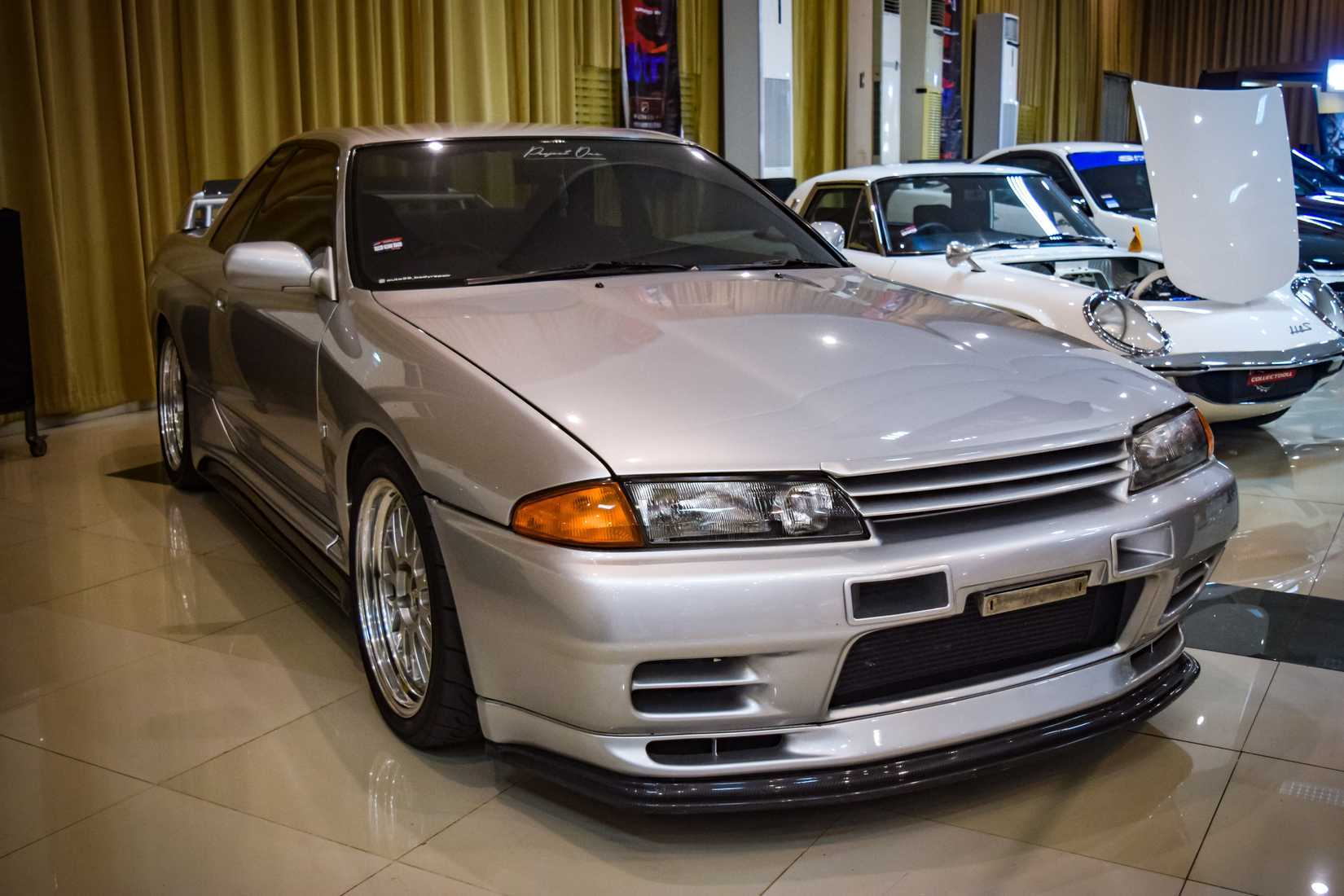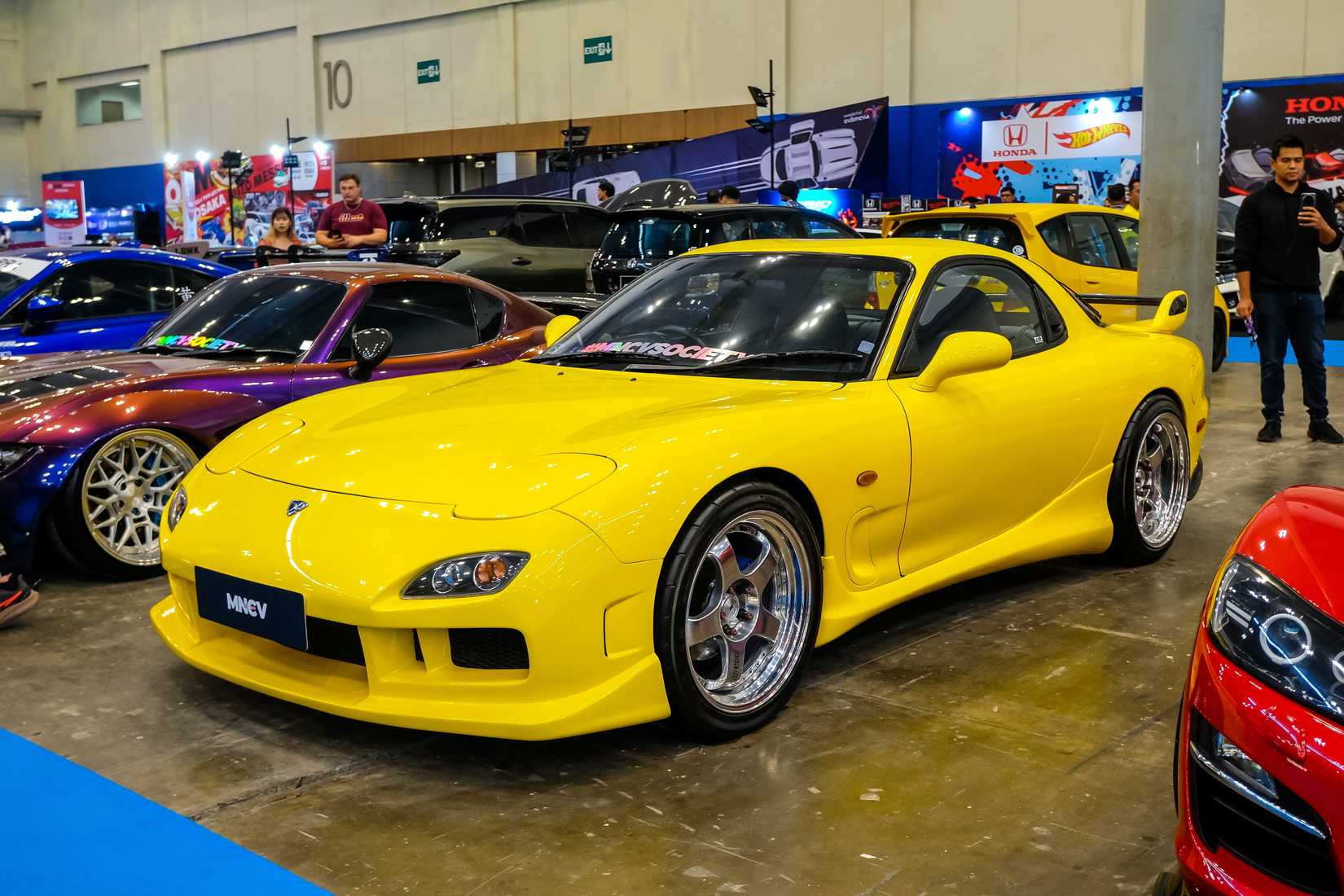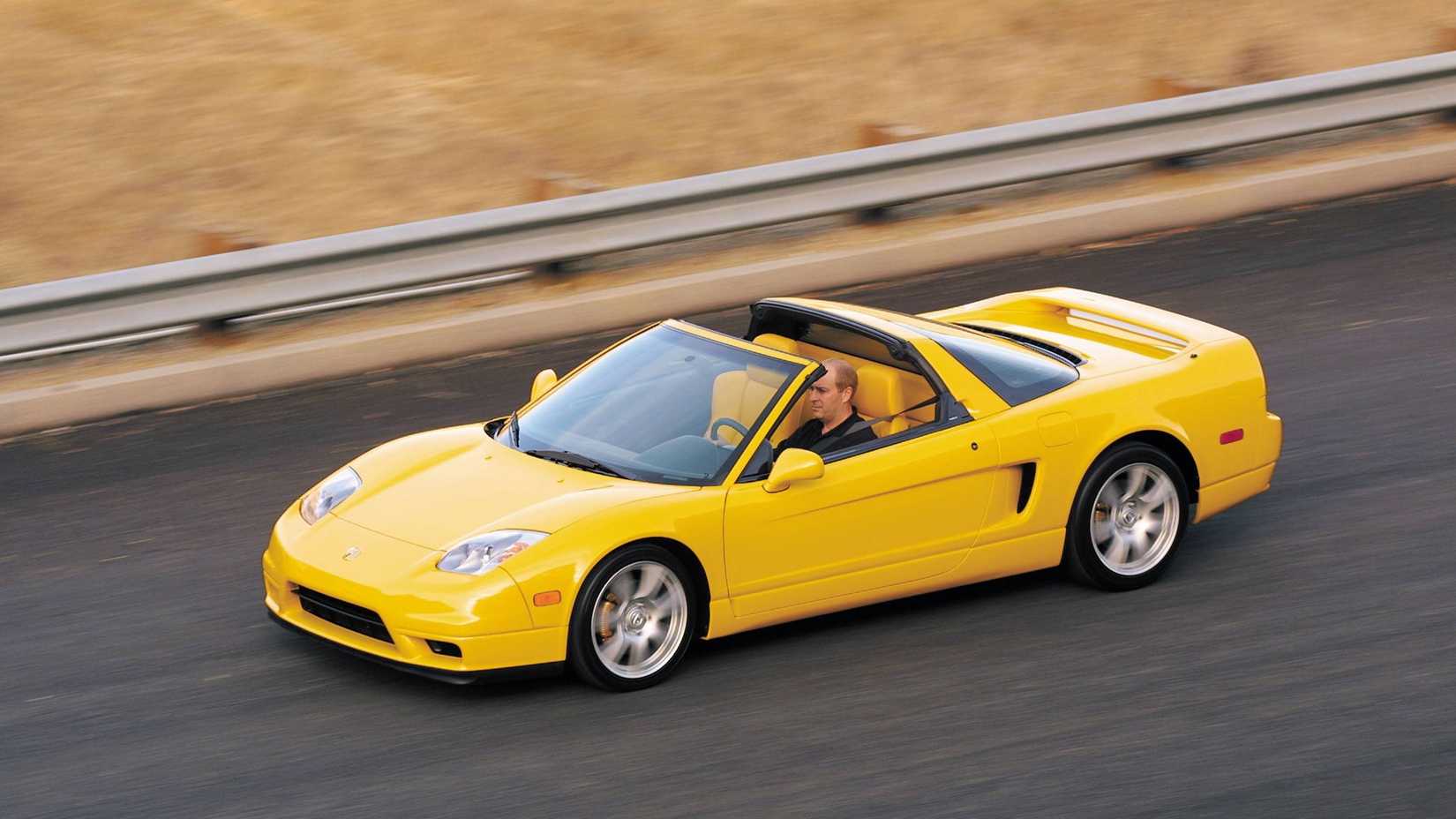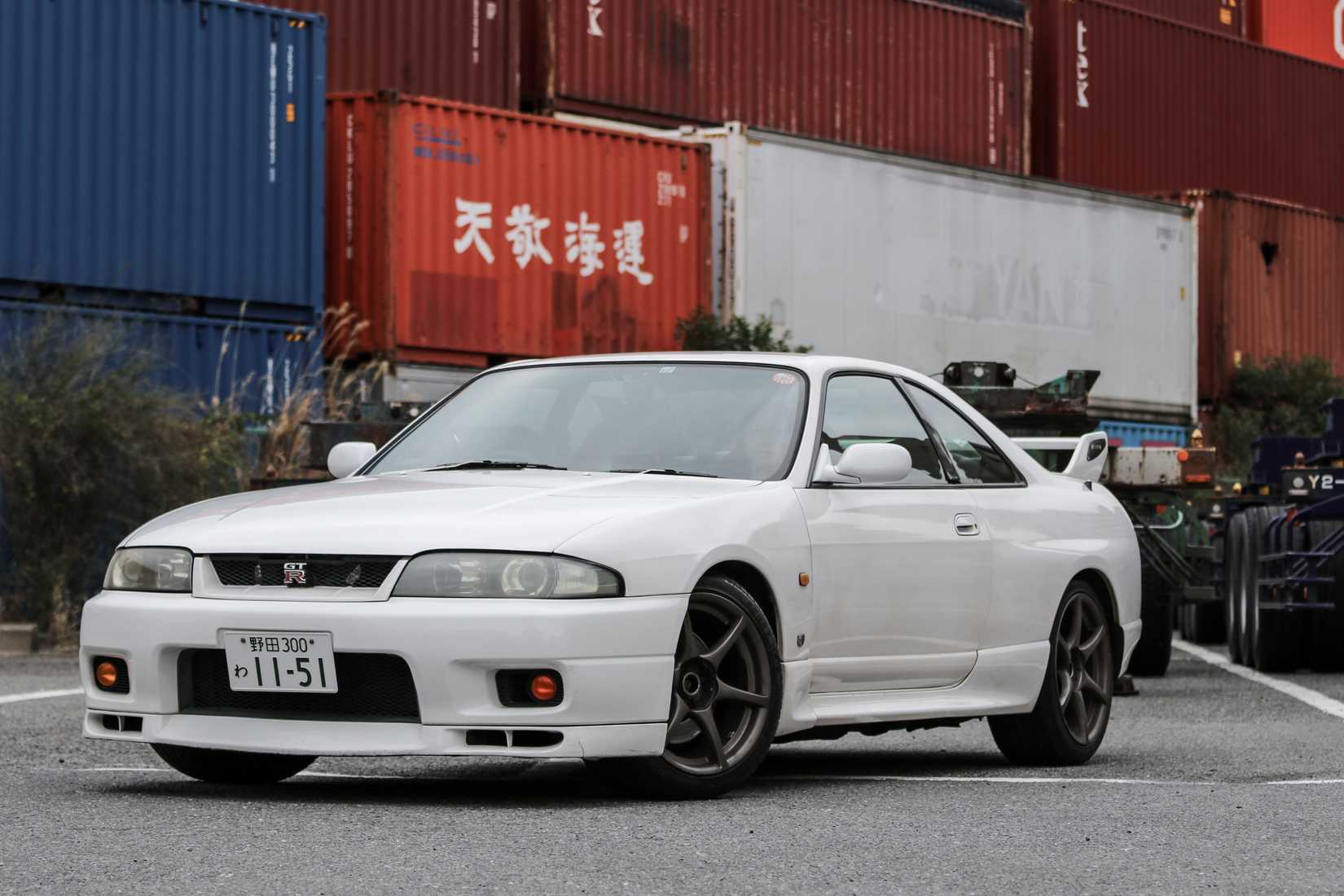Before you say anything, yes, I know the AE86 cars are 80's models, but I love seeing this design next to the NSX.
If you asked me when was the best era for German cars in terms of design and aesthetics, I would say it was the 80s when BMW, Audi and Mercedes knocked them out of the park. Especially the iconic BMW E30, of which I had a very nice 318i in high school.
Japan? It's all about the 90s, baby! At least for me, but maybe it's because I only started getting interested in cars in the '90s and where I grew up, tuning culture was widespread. However, I think I can put together a pretty decent list of reasons to consider Japanese cars of the 90s to be the most beautiful works of art on four wheels ever.
Golden section of the road
One of my old university professors used to say that there are two types of cars: square and curved. They make one type until everyone gets used to it, and then they flip it around and it feels fresh and modern again.
But Japanese cars from the 1990s don't fit into either category. Overall, they tend to have clean, angular lines, but then curve in just the right places. Somehow the shapes created by the designers of the time managed to be smooth without being sterile. There is a character in these lines that I don't think anyone has captured before or since.
We started to see some of this in the 1980s, but for my taste, Japanese cars of that era leaned too heavily on the angular, boxy side of things. This is understandable because what could be done with bodies between the 80s and 90s in mass production was very different.
Form dictated by function (and it is shown)
Pop-up headlights, wide pillars, and a low beltline are all hallmarks of the era, but the purpose of this design decision wasn't to look cool. It's the other way around. We think they look cool because the cars were extraordinary. This choice was made primarily for functional reasons, but taken together it creates a unique aesthetic.
I doubt you could find fake exhaust tips on factory cars in Japan at the time, which is currently a pet peeve of mine. Compare that to the Mitsubishi 3000GT VR-4 or the second generation Toyota MR2. Every line and vent is there because it's meant to be.
Analogue souls, digital dreams
The 90s were a special time for cars as digital technology became advanced enough that it could be combined with mechanical analogue systems to create something special. Goodbye carburetors and hello fuel injection, engine telemetry and ECU. The interiors of cars from this era are particularly stunning, although I personally would put them on par with the best cars of the 80s. Even though it's a Nissan Skyline GT-R The R32's interior and numerous instruments are perhaps the best example of this.
Character through diversity
I love that the most iconic cars of this era have such a distinct personality. The RX-7 can't be mistaken for the muscular Supra at any distance. The Skyline is almost the Rosetta Stone of '90s Japanese automotive design, but it still looks its own.
Created by artists, not committees
Although cars began to become increasingly computerized in the 90s, this was perhaps the last generation to be designed first on paper and then turned into something that made engineering sense. In this regard, the NSX was quite a remarkable car, as it was originally designed in a traditional way, but then highly tuned and refined with the help of a supercomputer.
Perfection in imperfection
Japanese cars took a while to gain the brand's trust in the West, with common complaints about oil leaks or lack of comfort, but by the '90s this was no longer the case. And yet, for all their mechanical reliability and performance, these cars still rattled and creaked. At least when it comes to mass models intended for everyone.
Rattling timing chains and creaking bodies are just part of the charm. Something that modern day care professionals obsess over every car's engineering. I still remember how alive the driver of my uncle's Nissan Saber 200 GXi felt.
For my North American readers, I have no way of knowing whether the Nissan Saber 200 GXi was released in the US or Canada. It seems he could only reach Europe and South Africa. At least under this name.
They aged like icons, not like artifacts
Honestly, as a kid growing up in the 90s, I never thought of the cars I saw everywhere as being timeless or anything. However, looking at those same cars (many of which are still on the roads where I live) with my modern eyes, it's clear there's something about them.
That car design cycle my professor liked to harp on about might even bring at least some of that back into modern cars. Nissan Z cars retain some of the design language, as do Honda Civics. The Corolla FX hatchback is even marketed with that retro nostalgia. Even if the magic never happens again, the memories will remain with us forever.


